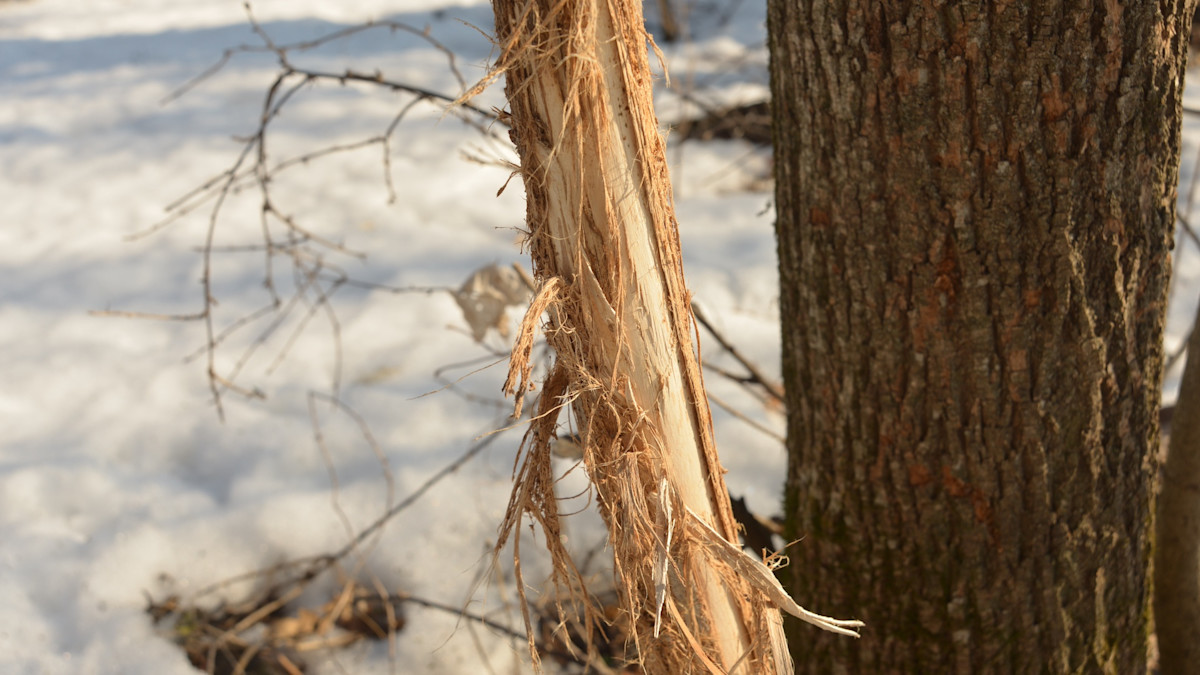
Winter scouting is like a free play. You get to go walk anywhere and everywhere you damn well please, knowing that your intrusion won’t affect your hunting. Nothing is off-limits. You can dive into the sanctuaries, the bedding areas, and any spot that piques your interest.
Yet, most hunters won’t head out this month to scout. Most of them won’t even think about deer until turkey season ends, or more likely, late summer when the bachelor groups are most visible. This is a good strategy if you want typical results.
You probably don’t. You probably want to kill a mature buck this season. That won’t happen without the best plan, and that plan won’t be built upon shoddy intel. It’ll hinge on what you do throughout the year, starting right now when the woods are bare and the light is green to put on the miles.
Before you go, remember this—scouting for mature buck sign requires a different mindset than just blanket deer scouting.
Big Buck Zones
Hunting is cool in that anyone has a chance at a giant. The 12-year-old stump sitter could kill a 200-inch deer on his first sit, just as the lifelong weekend warrior might one day have a random Booner walk by. Mostly though, that never happens.
Mature bucks are not only rare, but they mostly cling to cover. Essentially, you’re hunting a low-density critter that prefers to stay in the thick stuff. He’s also pretty well-versed on what we do in the woods throughout the fall.
That’s the downside. The upside is that those same bucks will have several areas they just prefer. These zones will generally contain edge habitat or just thicker cover than the surrounding area offers. These locations will also feature at least some level of topographical relief if it’s available. Even in the flat mono habitat of the big woods in so many places, a creek bottom or a slight rise appeals to mature deer simply because it offers a slight advantage.
While you’re scouring the woods for giant rubs and scrapes or big lone beds, pay close attention to just what the land and the cover offer first. If gnarly thickets are at a premium in your world, or you live in a pancake-flat region, the way to find rare deer is to find the rare land features that favor their survival.
Sign Is Relative
Where things get tricky when trying to ID mature buck zones in January is that they might not always feature a ton of obvious mature bucks sign. If the deer density is low enough, a handful of wrist-thick rubs might be a huge discovery. In better properties in big buck states, that might not even warrant a second look.
Understand, on a local level, what constitutes enough good sign to consider it a mature buck zone. Where I hunt in northern Wisconsin, this is almost always tied into some small relief in the terrain, and some type of big-woods soft edge.
In the deciduous forest of southern Minnesota, I have all of the up-and-down terrain I can handle. There, a single thicket or overgrown fence line might suffice. Or, it might be as simple as a bluff-side bench with half of a dozen rubs on it or even just a few beds.
Pay attention to where the sign is, and try to identify how high-use areas are connected. How big bucks get from one spot to another is the key to killing them, and it’s not enough to just find a sign-heavy location and call it a day. You have to find as many as you can, make a guess on how deer use all of them, and then consider something that most winter scouters ignore— timing.
How And When
Scouting sessions in January allow you to think about the past and the future. The most recent season’s memories should still be fresh, and those can help you better understand your scouting discoveries now. All of the deer sightings from last season tell you something, and when you layer them over current scouting finds, you can build a clearer picture of deer usage.
But you don’t want to live solely in the past or the present. You want to take your winter scouting and make predictions on when to hunt them this coming season. After all, why scout if you’re not going to try to figure out how to use your efforts to kill one in nine months or so?
Start building the framework of a hunting plan by making your best-educated guess on when certain rubs were made or why a buck would bed in a specific thicket. Then, ask yourself how to make that matter this coming season. Even if it’s just a thought exercise for now, it’s worth it for when you’ll inevitably return in the summer to hang sets, or even if you don’t step back into the woods until the season is officially open.
For more off-season deer hunting info, check these articles out: How to Scout Public Land Whitetails In Winter, The Best Sign to Find While Winter Scouting, and 3 Ways To Improve Your Winter Scouting.






Conversation